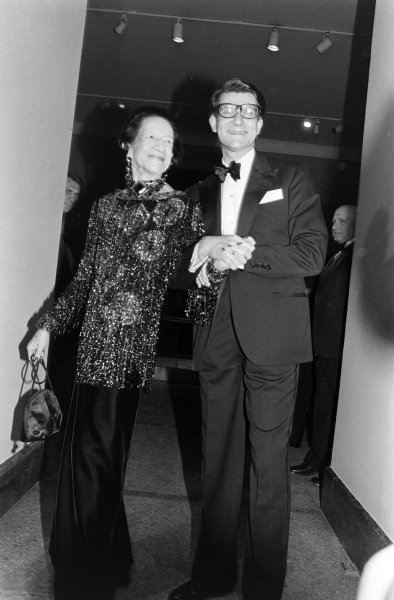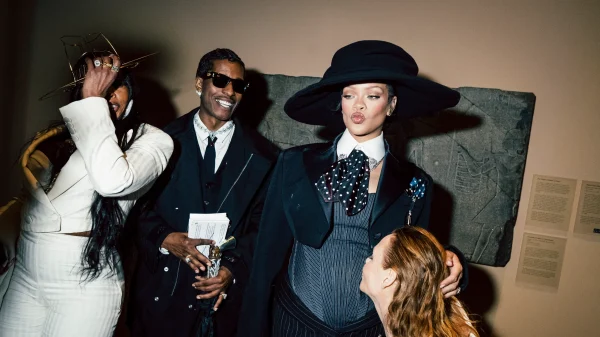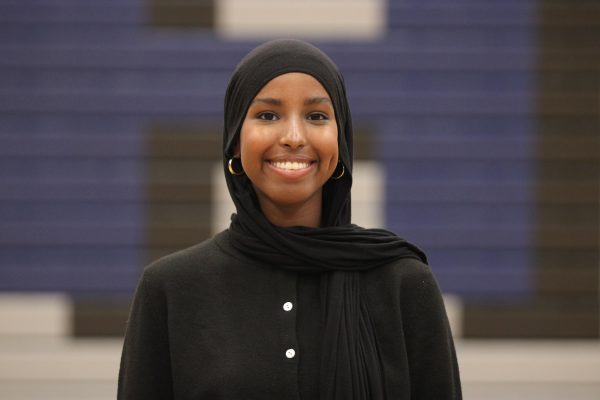On May 5, 2025, the steps of the Metropolitan Museum of Art transitioned to a grand stage for the annual Met Gala, a night that has become the biggest event in fashion. This year’s theme, Superfine: Tailoring Black Style, paid tribute to the powerful impact of Black fashion with a focus on how Black culture has shaped the world of menswear throughout history.
The theme, inspired by Monica L. Miller’s influential work: Slaves to Fashion: Black Dandyism and the Styling of Black Diasporic Identity, dove into how black individuals have historically used fashion as a form of self-expression and resistance. Organized into twelve thematic sections, the exhibition showcased garments, photographs and artwork that traced the evolution of Black Style from the 18th century to the present day.

Aligning with the exhibition’s focus, the dress code, Tailored for You, invited attendees to interpret menswear through personal and cultural lenses. This directive resulted in a diverse array of ensembles, from classic suiting to avant-garde interpretations, reflecting the multifaceted nature of Black fashion.
The Met Gala, officially called the Costume Institute Gala, started in 1948 as a fundraising event for the museum’s Costume Institute. It was originally a simple dinner. Over the years, it grew into a global spectacle of fashion and celebrities. In 1973, former Vogue editor Diana Vreeland became a consultant for the Costume Institute, transforming the event into a star-studded affair. Since then, the Met Gala has become a powerful platform for both art and fashion, combining museum culture with Hollywood glamour. Anna Wintour, who is the Editor in Chief of Vogue, took over in 1995, making the event the iconic fashion extravaganza it is today.
The red carpet became a stage for statements that both honored tradition and embraced innovation. Diljit Dosanjh made a historic debut in a Maharaja Bhupinder Singh-inspired ensemble by Prabal Gurung, complete with an ivory sherwani and a cape adorned with a map of Punjab in Gurmukhi script. Halle Berry turned heads in a sheer LaQuan Smith gown paired with a cropped blazer and a veiled fascinator, a look that blended sensuality with tailored elegance. Lizzo celebrated her return to open-toed footwear in a mermaid-style corset gown by Christian Siriano, marking a personal milestone after a year-long hiatus due to a foot injury.
Black designers played a pivotal role in shaping the evening’s aesthetic. Christopher John Rogers dressed multiple stars in vibrant, eccentric tailoring while Maximilian Davis of Ferragamo showcased elegant designs for Paloma Elsesser and LaKeith Stanfield. Paul Tazewell, renowned for his theatrical costume work, crafted striking suits for Chappell Roan and Janelle Monáe. Olivier Rousteing of Balmain brought bold structure to ensembles for ROSALÍA and others, while Sergio Hudson dressed eighteen celebrities, emphasizing expert tailoring and strong Black fashion codes.
The evening was co-chaired by Colman Domingo, Lewis Hamilton, A$AP Rocky, Pharrell Williams and Anna Wintour, with LeBron James serving as an honorary chair. It was a new committee that featured a diverse array of figures. Guests were treated to a culinary experience curated by Chef Kwame Onwuachi, known for his innovative approach to Afro-Caribbean cuisine, further enhancing the evening’s celebration of black culture.

The 2025 Met Gala once again proved its reputation as fashion’s most glamorous night, emerging as a profound homage to black identity, creativity and resilience.


